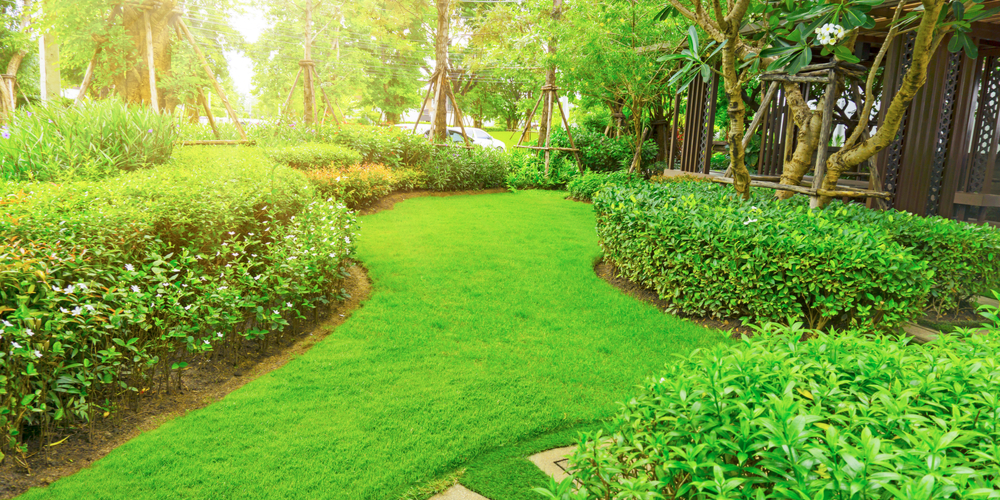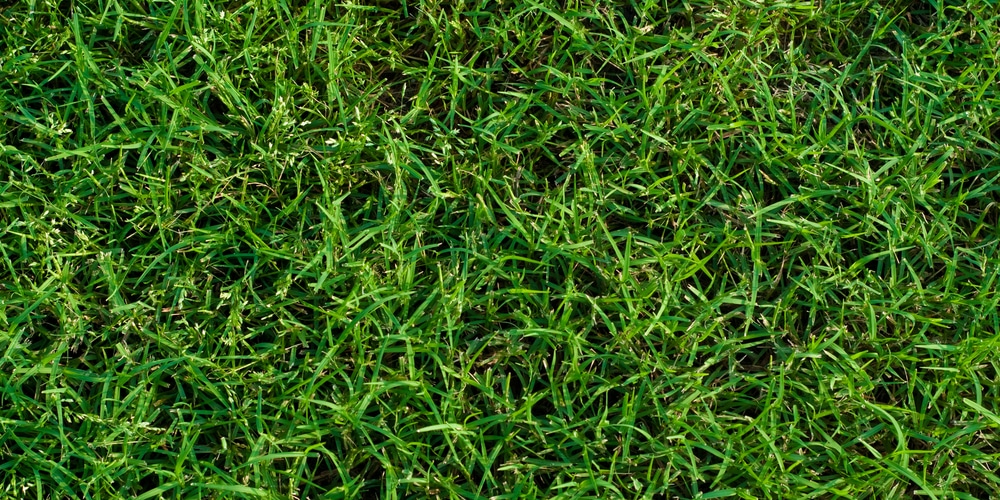Are you considering laying a new lawn in your yard? One of the major concerns when setting up a new lawn is the grass variety to grow. This is very important because different types of grass have different tolerance levels and growing requirements. Grass varieties also have varied growth rates, appearances, maintenance, and establishment methods.

When laying your lawn, you may want to mix grass types. Mixing grass types is a popular landscaping strategy, especially among homeowners with large yards with varying sun exposure and soil types zones.
But can you mix Bermuda and zoysia grass?
This post will comprehensively discuss the idea of mixing grass varieties, emphasizing Bermuda and zoysia grass. Read on to learn whether or not to mix Bermuda and Zoysia.
Mixing Bermuda and zoysia grass
You can easily mix zoysia and bermudagrass. However, this concept is not recommended for a number of reasons.
While both are excellent warm-season lawn grasses, they have varied water, nutrients, and sunlight requirements. They also grow at different rates, with Bermuda grass growing relatively faster and more aggressively than zoysia grass. As such, mixing them will make your yard look patchy, uneven, and irregular.
If you must mix Bermuda and zoysia grass, consider maintaining a 1:1 ratio. This can help create a balance, but maintaining aesthetics will be a tall order.
Why is mixing Bermuda and Zoysia a bad idea?
Mixing zoysia and Bermuda will not prevent any of them from becoming established. Even so, there are practical reasons why you may not want to mix them.
1. Different nutrient and water requirements
Bermuda and zoysia are both hardy and drought-tolerant warm-season types of grass but have extremely varied nutrition and water requirements.
Generally, Bermuda grass requires more resources than zoysia to thrive and keep going. For instance, you will need about 1 pound of fertilizer for every 1000 square feet of Zoysa, whereas you need about 4 pounds to fertilize 1000 square feet of Bermuda. Mixing the two grass types would likely result in over-fertilizing zoysia or under-fertilizing Bermuda.
Talking about water, zoysia requires about 0.5 inches of water weekly, whereas Bermuda grass needs 1-1.25 inches of water every week. Surprisingly, Bermuda grass can take up and hold more water than is required.
On the other hand, zoysia is “water smart,” meaning it takes up only the amount it needs. Here is the catch. Mixing can result in you inadvertently overwatering your zoysia grass.
2. Sunlight requirements
Bermuda needs full sunlight exposure, typically 8-10 hours, to grow best. On the other hand, zoysia can take partial to full sun, so anything between 4-6 hours of sunlight daily is okay. If you have shade in your yard and happen to mix these warm-season grasses, you may end up with a patchy lawn because Bermuda will not thrive.
3. Zoysia grass is invasive.
Relative to Bermuda grass, zoysia takes a little longer to become established. However, once established, it crowds out virtually anything within its territory.
In ideal conditions, zoysia grass will likely overtake Bermuda. This is especially true if the zoysia grass is healthy and gets enough sunlight exposure.
Notably, zoysia produces a lot of thatch that will prevent the blades of Bermuda from getting enough light to produce food. In the long term, this can kill Bermuda grass despite its ability to spread through rhizomes.
4. Bermuda-zoysia mix won’t look cohesive.
Mixing colors will almost certainly make your lawn look odd. Zoysia grass has tighter vibrant green sods and retains its green color into the colder months.
On the other hand, Bermuda grass varies from grayish-green to brighter green, depending on the variety or cultivar you grow. Both grass types have different appearances in fall too. These foliage color differences will give your lawn an unsightly look.
Another issue regarding cohesiveness is the different growth rates — zoysia grows relatively slowly compared to Bermuda. The heights are also noticeably different, meaning the mix will give an uneven look. Not to mention, this will create a hassle when it comes to maintenance.
Conclusion
As warm-season grasses, Bermuda and zoysia grass share a lot of characteristics in common and can tolerate heavy foot traffic. They are excellent choices for homeowners looking to create great-looking lawns.
However, due to their varied nutrition, sunlight, and water requirements, mixing them is not a good idea. If you are contemplating the idea of mixing Bermuda and zoysia, hopefully, this post helped you out.

